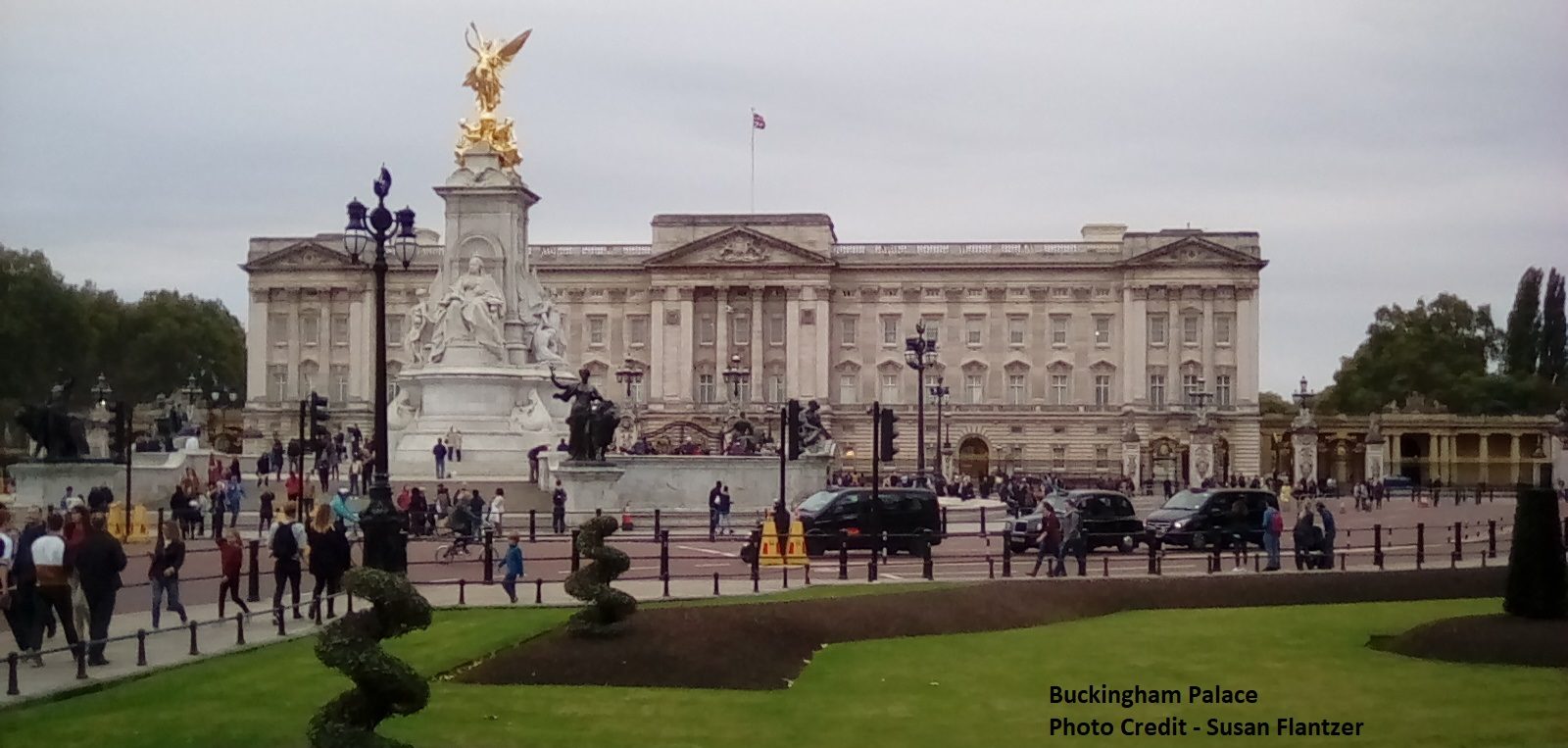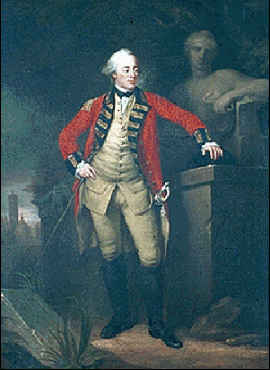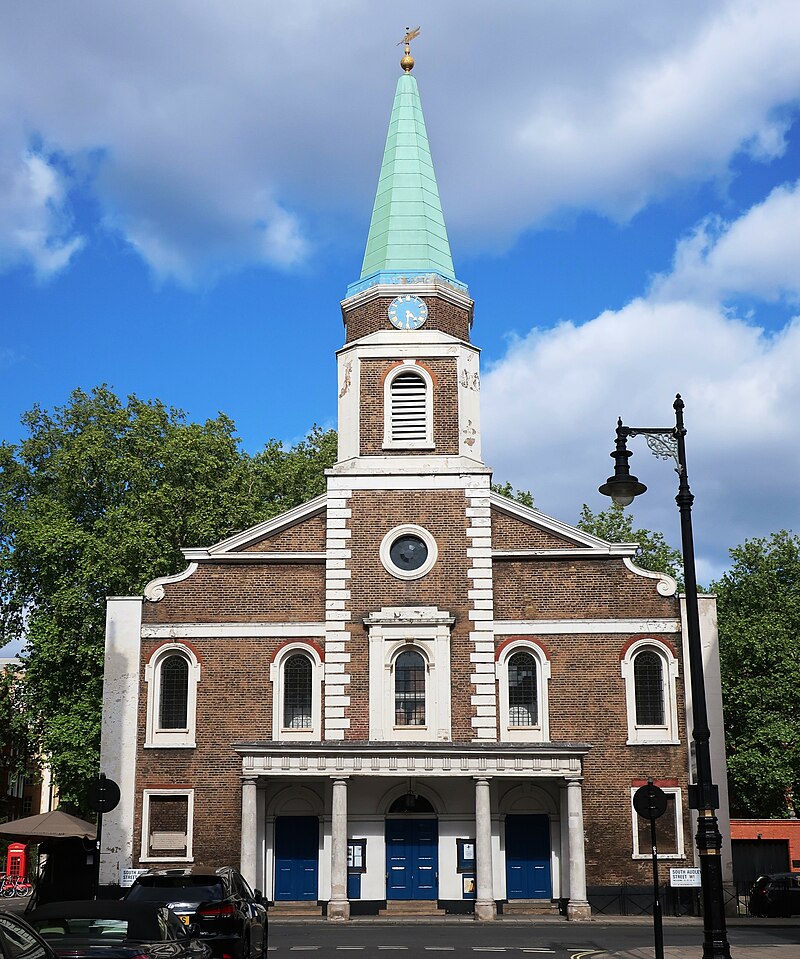by Susan Flantzer
© Unofficial Royalty 2024
The first of ten children of King William IV of the United Kingdom and his mistress Dorothea Jordan, George Augustus Frederick FitzClarence, 1st Earl of Munster, was born on January 29, 1794, on Somerset Street, Portman Square in London, England. His paternal grandparents were King George III of the United Kingdom and Charlotte of Mecklenburg-Strelitz. Francis Bland and his mistress Grace Phillips were his maternal grandparents.
From 1790 until 1811, before he became king, King William IV of the United Kingdom had a long-term relationship with actress Dorothea Jordan. Their relationship resulted in ten children who were given the surname FitzClarence. The surname comes from the Anglo-Norman Fitz, meaning “son of” and Clarence, from King William IV’s title before he became king, Duke of Clarence.
Dorothea Jordan was born Dorothea Bland in County Waterford, Ireland, the daughter of Francis Bland, a stagehand, and his mistress Grace Phillips, an actress. Her mother encouraged Dorothea to enter the theater, and within a few years, she began to draw large crowds for her performances. She left Ireland in 1782 and moved to Leeds, England. It was at this point that she took the name Jordan. She performed for three years with the York Company, before being lured away in 1785 to move to the Theatre Royal, Drury Lane in London. By then, Dorothea was becoming a very popular performer and could be counted on to bring large crowds every night. It was at Drury Lane that her life would come to the attention of The Duke of Clarence several years later.


George’s parents The Duke of Clarence (later King William IV) and Dorothea Jordan
In 1790, Dorothea was first noticed by The Duke of Clarence (later King William IV) while she was performing at Drury Lane. They quickly began an affair that would last for the next 21 years. Dorothea moved in with the Duke at his home, Clarence Lodge in Roehampton, London, England and later they moved to Bushy House in Bushy Park, Richmond upon Thames, London, England. In 1797, King George III of the United Kingdom appointed his third son William, then Duke of Clarence, the ranger of Bushy Park. The position came with the residence Bushy House in Bushy Park. William and Dorothea lived there with their ten children until their relationship ended in 1811. William continued living there with his children and later with his wife Adelaide Saxe-Meinigen after they married in 1818.
The children of King William IV and Dorothea Jordan had an elder half-brother, William Henry Courtney, born around 1788 to an unknown mother, and named after his father whose given names were William Henry. Dorothea Jordan cared for William, and she was fond of him and he was fond of her. William served in the Royal Navy from 1803 until 1807 when his ship HMS Blenheim was lost in a gale off Madagascar. Despite an extensive search, no trace of the ship was ever found. 590 men were lost aboard HMS Blenheim, including King William IV’s eldest illegitimate son nineteen-year-old William Henry Courtney.
George’s siblings:
- Henry Edward FitzClarence (1795 – 1817), unmarried, died at age 22
- Sophia FitzClarence (1796 – 1837), married Philip Sidney, 1st Baron De L’Isle and Dudley, had four children
- Mary FitzClarence (1798 – 1864), married General Charles Richard Fox, no children
- Frederick FitzClarence (1799 – 1854), married Lady Augusta Boyle, had two children
- Elizabeth FitzClarence (1801 – 1856), married William Hay, 18th Earl of Erroll, had four children
- Adolphus FitzClarence (1802 – 1856), unmarried
- Augusta FitzClarence (1803 – 1865), married (1) The Honorable John Kennedy-Erskine, had three children; married (2) Admiral Lord Frederick Hallyburton, no children
- Augustus FitzClarence (1805 – 1854), Sarah Elizabeth Catharine Gordon, had six children
- Amelia FitzClarence (1807-1858), married Lucius Bentinck Cary, 10th Viscount Falkland, had one son
William and Dorothea’s children married into the British aristocracy and their many descendants include a number of notable people including sisters Princess Alexandra, Duchess of Fife and Princess Maud, Countess of Southesk (granddaughters of King Edward VII and daughters of Princess Louise, Princess Royal and Alexander Duff, 1st Duke of Fife, a descendant of Dorothea Jordan and King William IV), Duff Cooper, 1st Viscount Norwich (British diplomat, Cabinet member, author), John Crichton-Stuart, 7th Marquess of Bute (also known as Johnny Dumfries, racing driver), and David Cameron, Prime Minister of the United Kingdom.
By 1811, William was pressured by his family to find a suitable wife. At the time he was fourth in line for the throne following his elder brother The Prince of Wales, the future King George IV, George’s only child Princess Charlotte of Wales, and George’s next oldest brother who was childless Prince Frederick, Duke of York. William gave in to the pressure and ended his relationship with Dorothea but ensured she was well provided for. William became closer to the throne when his niece Princess Charlotte died in 1817 giving birth to a stillborn son. When King George IV died in 1830, William succeeded to the throne. Although William had ten children with Dorothea Jordan, his marriage with Adelaide of Saxe-Meiningen produced no surviving children. King William IV was succeeded by his niece Queen Victoria. Queen Victoria had relationships with her first cousins, King William IV’s illegitimate children. They are mentioned in Queen Victoria’s diaries when visiting Windsor Castle.
As the Duke of Clarence’s son, George received a comprehensive education and attended the Royal Military Academy Sandhurst in Sandhurst, Berkshire, England. On October 18, 1819. George married Mary Wyndham (1792 – 1842), the daughter of George Wyndham, 3rd Earl of Egremont and his mistress Elizabeth Fox.
George and Mary had seven children:
- Lady Adelaide Georgiana FitzClarence (1820 – 1883), unmarried.
- Lady Augusta Margaret FitzClarence (1822 – 1846), married Baron Knut Philip Bonde, died in childbirth delivering a daughter
- William George FitzClarence, 2nd Earl of Munster (1824 – 1901), married his first cousin Wilhelmina Kennedy-Erskine, had nine children
- The Honorable Frederick Charles George FitzClarence (1826 – 1878); married his first cousin Adelaide Augusta Wilhelmine Sidney, no children
- Lady Mary Gertrude FitzClarence (1832 – 1834), died in early childhood
- Captain The Honorable George FitzClarence (1836 – 1894); married Maria Henrietta Scott, had five children
- Lieutenant The Honorable Edward FitzClarence (1837 – 1855); unmarried, died in battle at the Siege of Sevastopol during the Crimean War
George and his siblings had little contact with their mother Dorothea Jordan after 1811 when their father ended his relationship with her. After losing much of her savings when her daughter Augusta and her husband ran up large debts in her name, Dorothea’s health quickly began to decline. Virtually penniless, Dorothea Jordan died in Saint-Cloud, France on July 5, 1816, at the age of 54. She is buried in the local cemetery in Saint-Cloud.
George served as an army officer during the Peninsular War (1807–1814) and then served in India. He attained the rank of Major-General in the British Army. His father was proud of George’s military record but was very concerned with his drinking and gambling, issues which also affected some of William’s brothers.
In 1831, the year after his father became king, 37-year-old George was created Earl of Munster, Viscount FitzClarence, and Baron Tewkesbury.
He also held several other positions:
However, George was disappointed that he had not received a dukedom. Despite already receiving several important positions, George spent his later life pursuing fame, fortune, and honors. He constantly asked his father King William IV and later his first cousin Queen Victoria for financial help and lucrative appointments for himself and his children. A series of quarrels with his father and George’s increasing mental instability caused a complete breach in relations between King William IV and his son George. In 1839, George wrote to William Lamb, 2nd Viscount Melbourne, Queen Victoria’s first Prime Minister about the possibility of becoming the Governor of Malta and to Arthur Wellesley, 1st Duke of Wellington about money or the lack of it on December 15, 1841.

St. Mary’s Church where George is buried; By Dnwinterburn – Own work, CC BY 3.0, https://commons.wikimedia.org/w/index.php?curid=10454062
Three months after writing to the Duke of Wellington, on March 20, 1842, at his home in Belgravia, London, 48-year-old George FitzClarence, 1st Earl of Munster killed himself with a pistol given to him by his uncle King George IV when he was Prince of Wales. His suicide came as no surprise to his family, who had long been concerned about his mental condition. George was buried at St. Mary’s Church in Hampton in the London Borough of Richmond upon Thames, where he regularly worshipped.
Below are some suicide prevention resources.
In the United States, the National Suicide Prevention Lifeline is 988. Anyone in the United States can text or call the National Suicide Prevention Lifeline to reach trained counselors who can help them cope with a mental health emergency. National Institute of Mental Health: Suicide Prevention is also a United States resource.
Other countries also have similar resources. Please check the resources below.
This article is the intellectual property of Unofficial Royalty and is NOT TO BE COPIED, EDITED, OR POSTED IN ANY FORM ON ANOTHER WEBSITE under any circumstances. It is permissible to use a link that directs to Unofficial Royalty.
Works Cited
- Beauclerk-Dewar, Peter & Powell, Roger. (2006). Right Royal Bastards – The Fruits of Passion. Burke’s Peerage & Gentry LLC.
- Flantzer, Susan. (2015). King William IV of the United Kingdom. Unofficial Royalty. https://www.unofficialroyalty.com/king-william-iv-of-the-united-kingdom/
- George Augustus Frederick FitzClarence 1st Earl… (2019). Findagrave.com. https://www.findagrave.com/memorial/198712444/george-augustus_frederick-fitzclarence_1st_earl_of_munster
- Mehl, Scott. (2020). Dorothea Jordan, Mistress of King William IV of the United Kingdom. Unofficial Royalty. https://www.unofficialroyalty.com/dorothea-jordan-mistress-of-king-william-iv-of-the-united-kingdom/
- Weir, Alison. (2008). Britain’s Royal Families – The Complete Genealogy. Vintage Books.
- Wikipedia Contributors. (2024, June 16). George FitzClarence, 1st Earl of Munster. Wikipedia; Wikimedia Foundation. https://en.wikipedia.org/wiki/George_FitzClarence






































